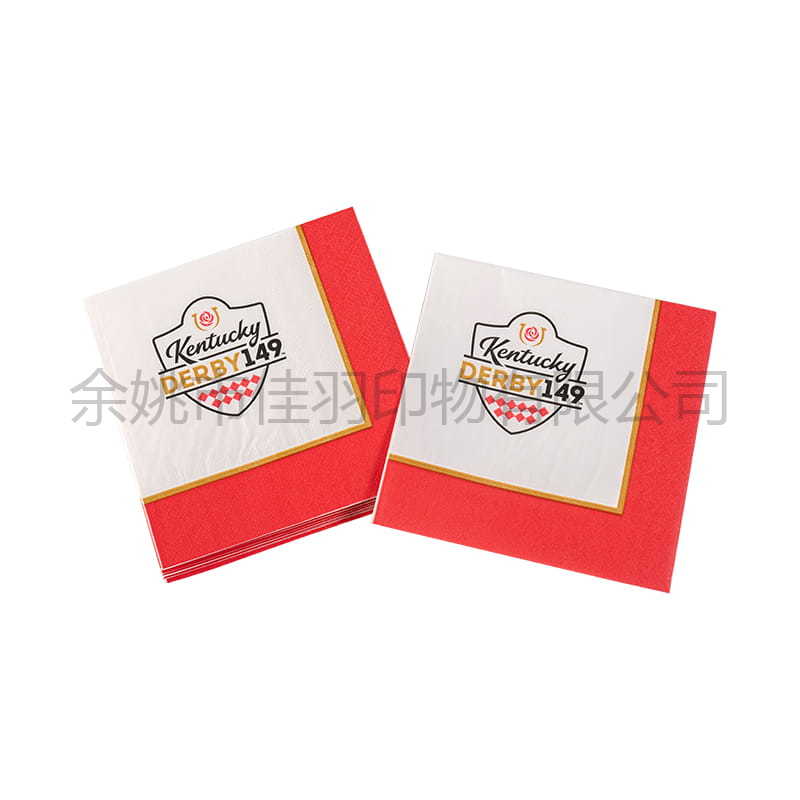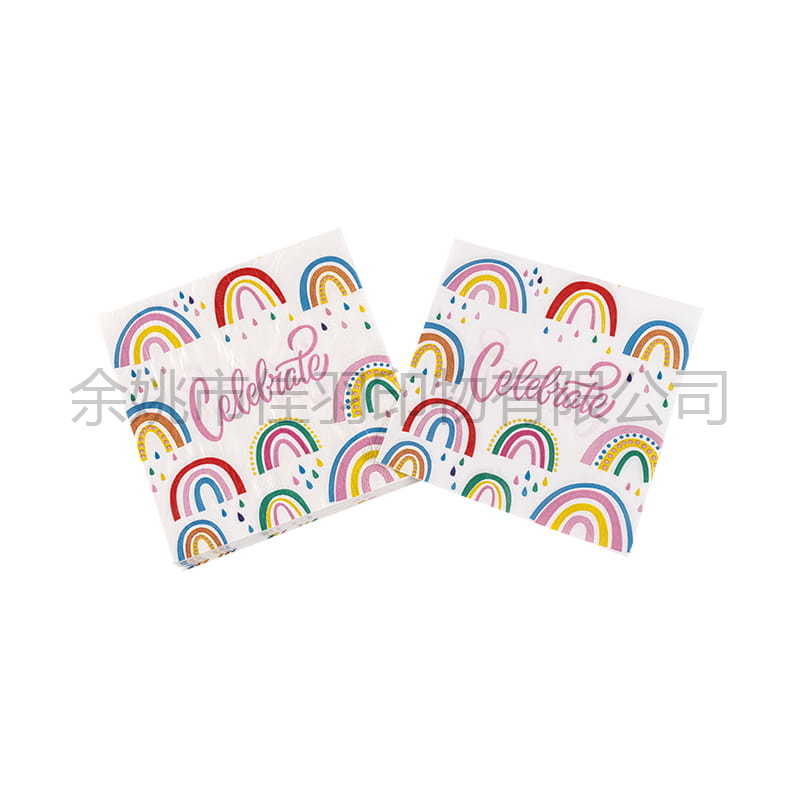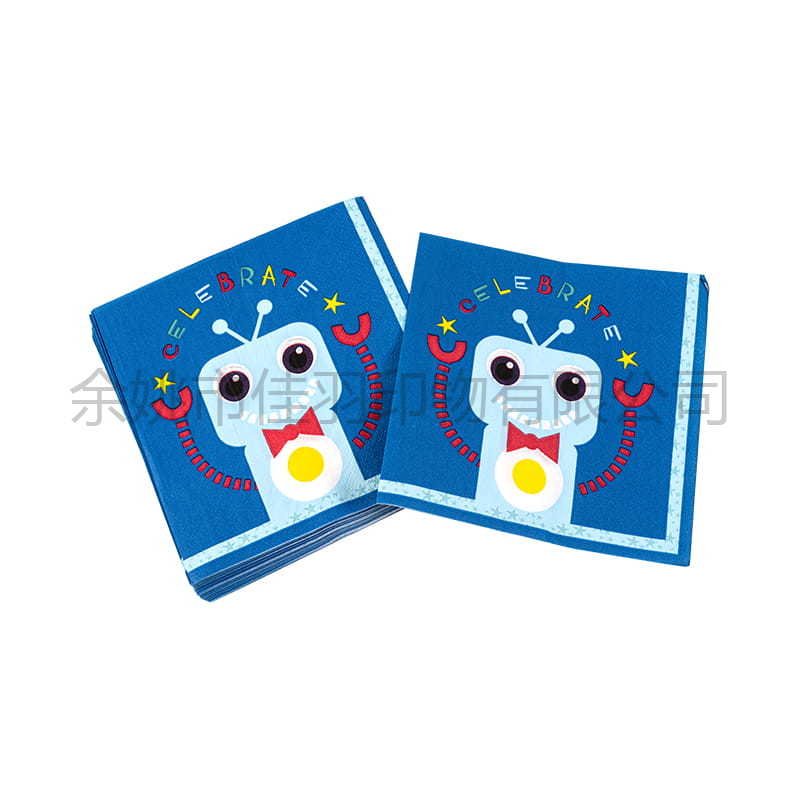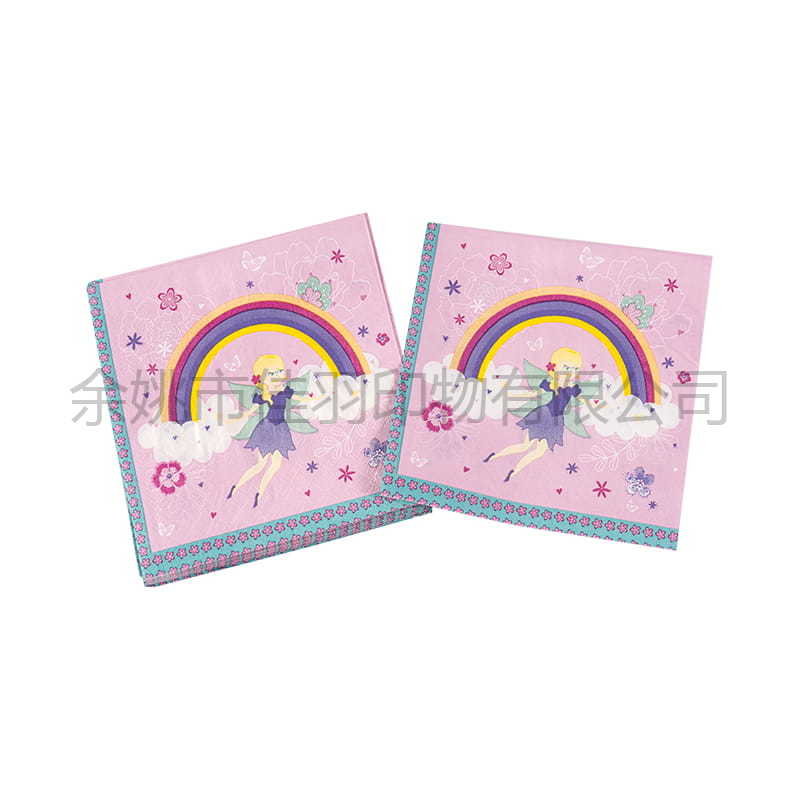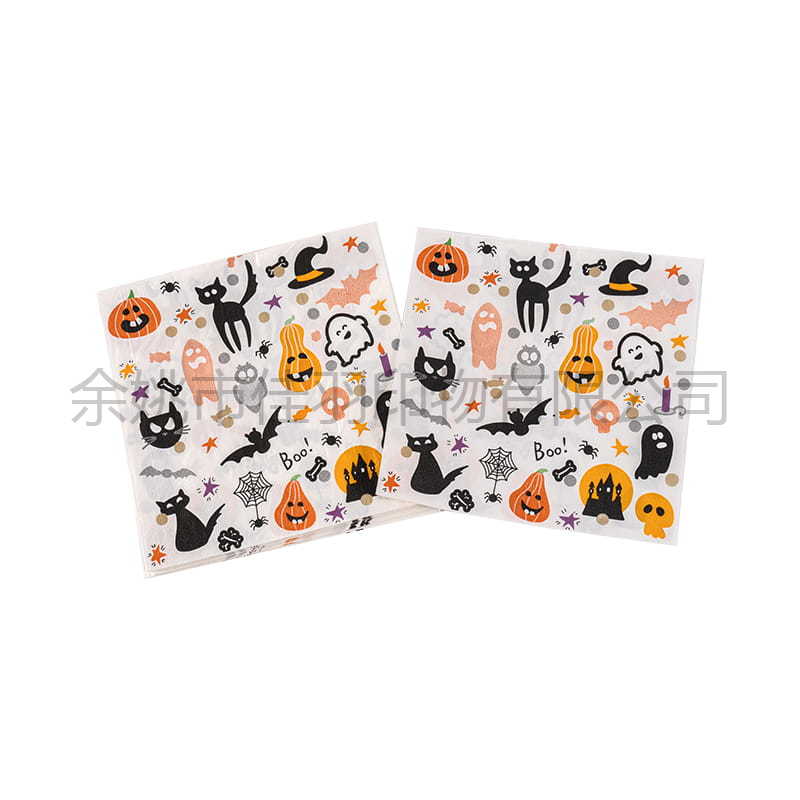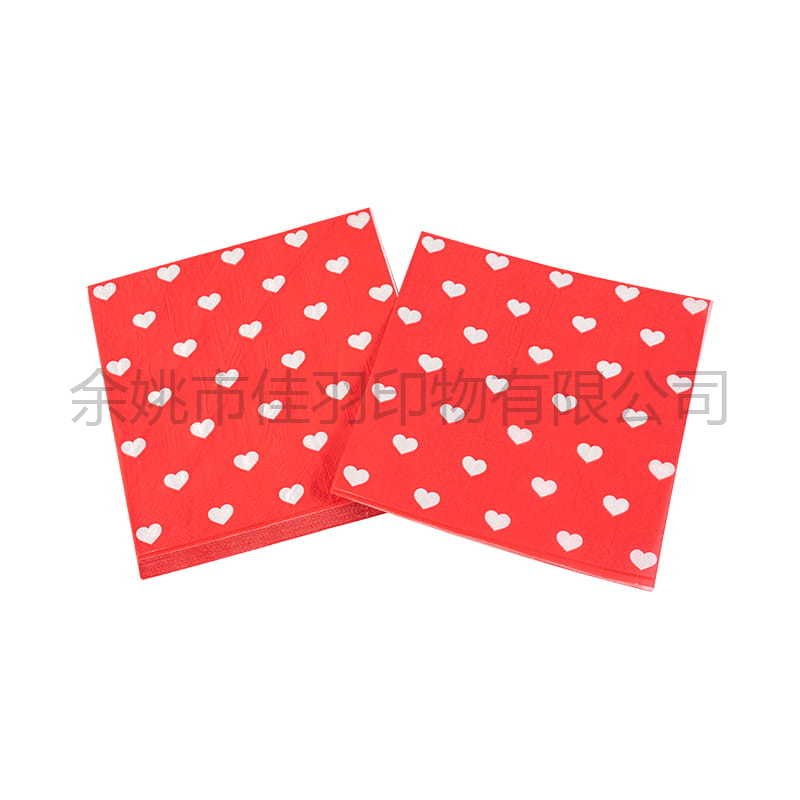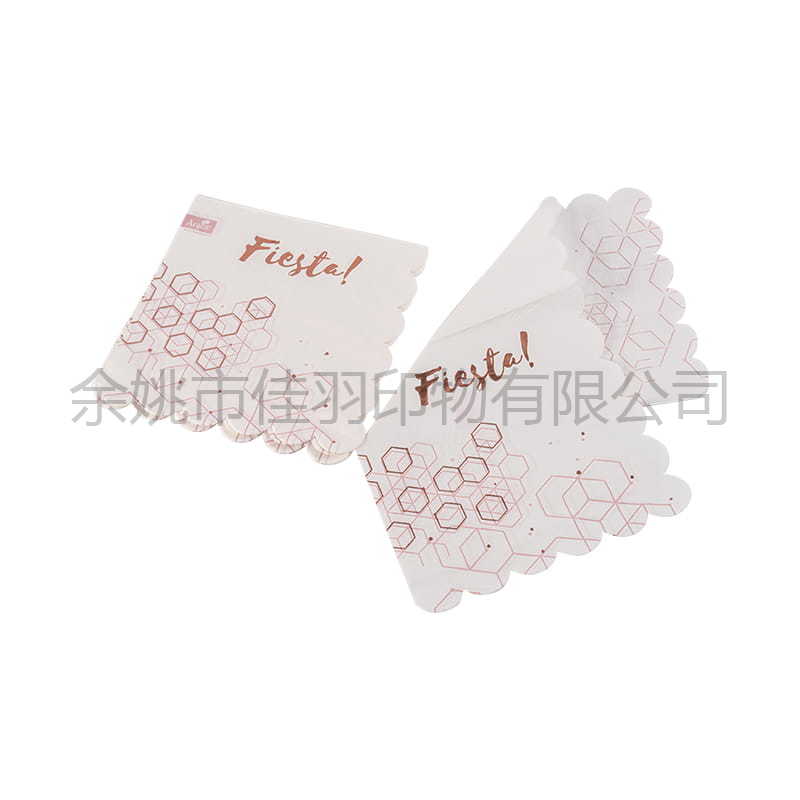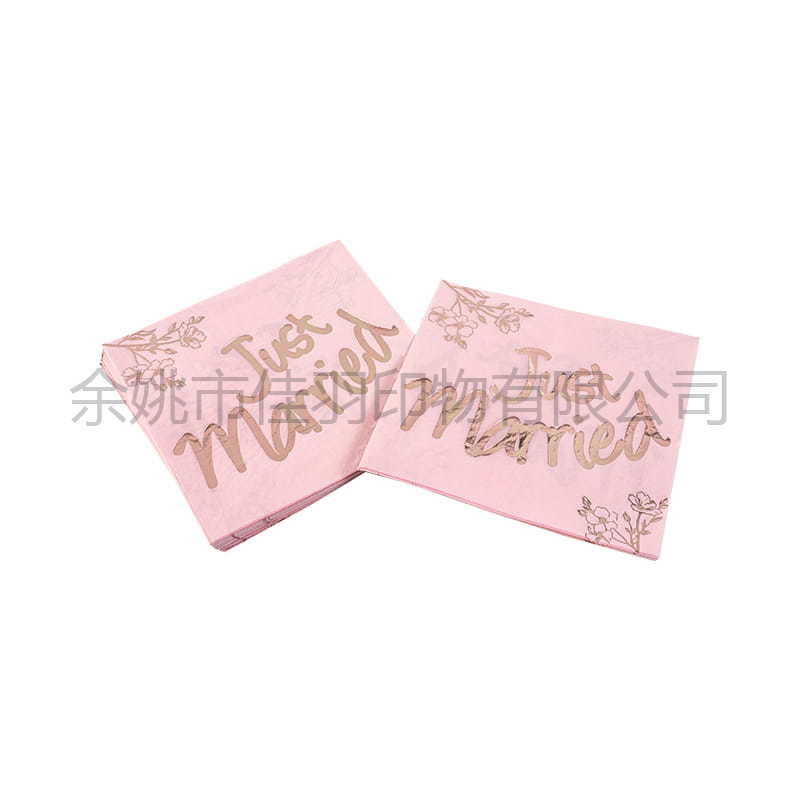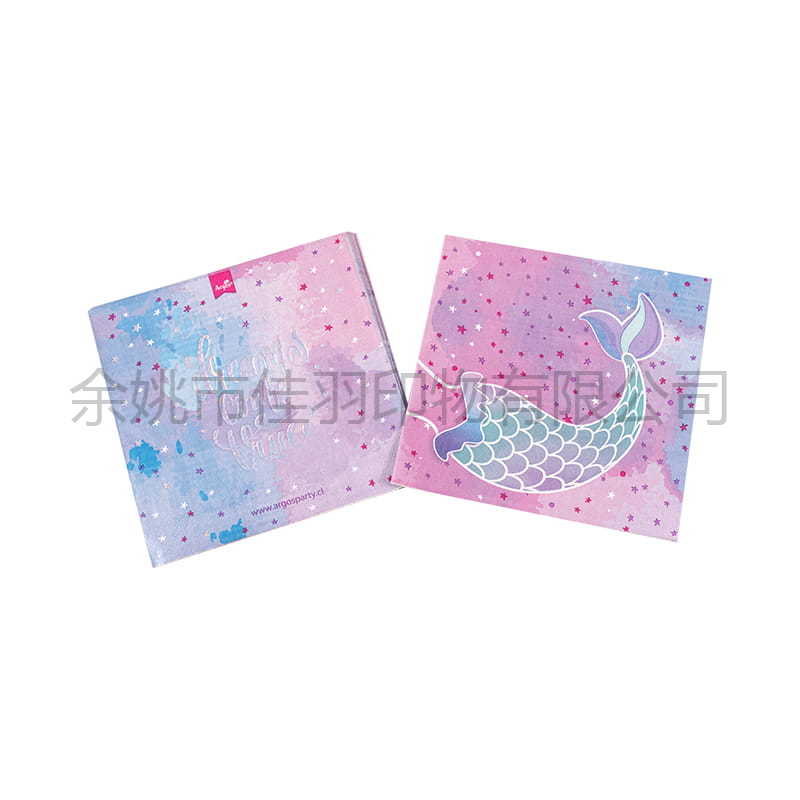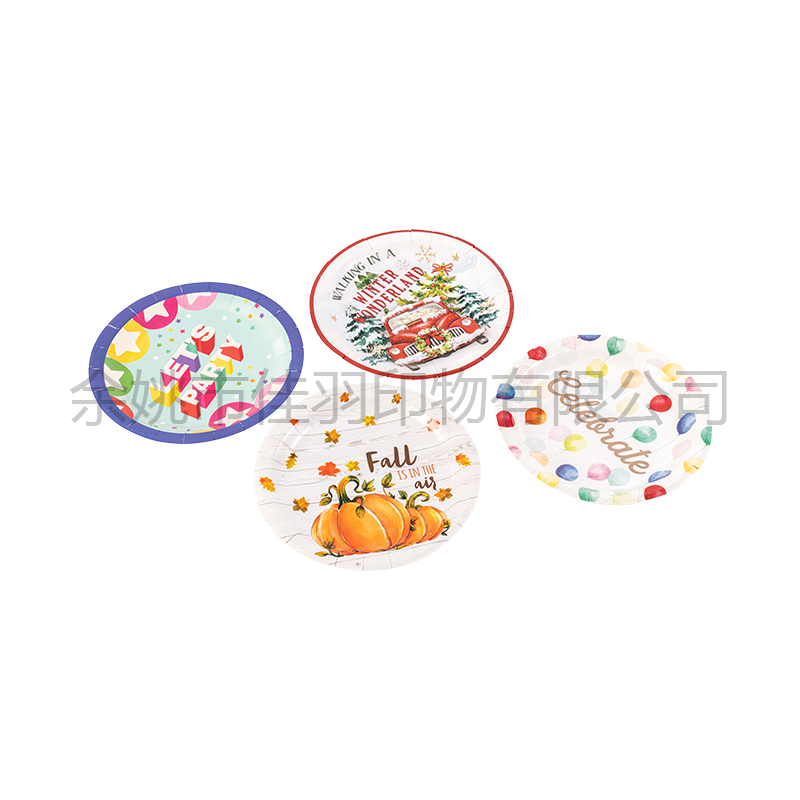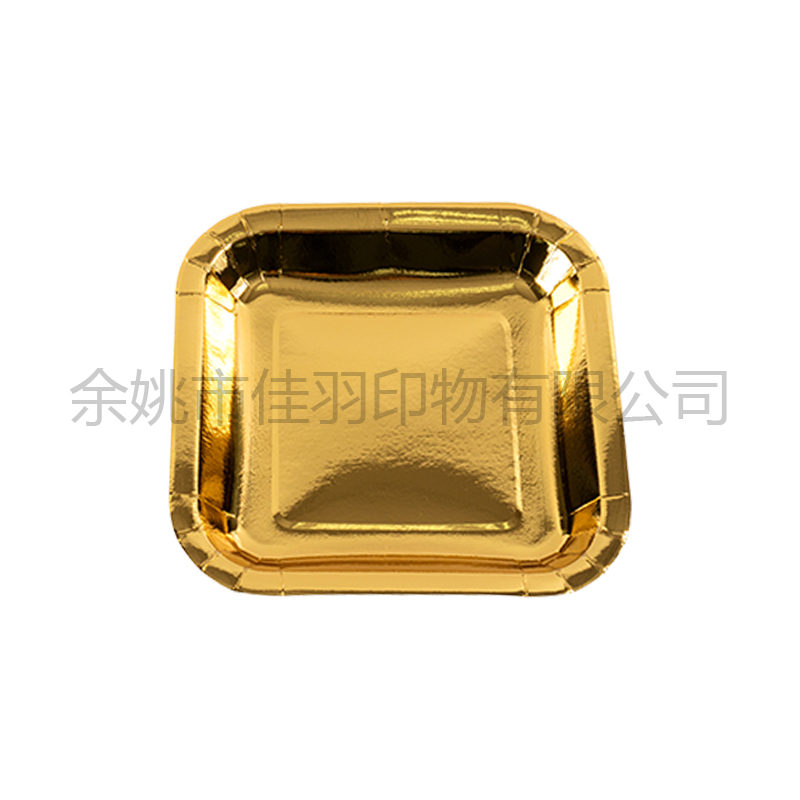The paper water cup is made of environmentally friendly paper (such as food-grade wood pulp paper or bamboo pulp paper), does not contain plastic coating or harmful chemicals, and can be decomposed by microorganisms in the natural environment. Ordinary plastic cups take hundreds of years to degrade, while this paper cup can usually decompose into water, carbon dioxide and organic matter in 3-6 months under composting conditions, and will not pollute soil or water bodies for a long time.
Many paper cups contain polyethylene (PE) plastic coating on the inner wall, which is waterproof but difficult to degrade. Use biodegradable PLA (polylactic acid) coating or water-based waterproofing treatment to ensure durability while avoiding microplastic residues.
The raw materials of paper come from sustainably managed forests or fast-growing plants (such as bamboo), reducing dependence on fossil fuels. Compared with plastic cup production, paper cups have lower carbon emissions, and some manufacturers also use clean energy (such as solar energy) to further reduce environmental impact.
No harmful ingredients such as fluorescent brighteners and plasticizers are added, and they meet FDA or EU food contact material standards, and will not release toxins even when used at high temperatures.
If paper water cups are discarded in nature, they will not be eaten by animals and cause suffocation or poisoning like plastic. Avoid entering the ocean to form microplastics and protect aquatic ecosystems.
The pure paper part can be recycled and reused to reduce resource waste (local classified recycling facilities are required). If it has a PLA coating, it can be completely degraded into fertilizer in a professional composting plant.
This paper water cup minimizes the burden on the environment from raw materials to disposal through degradable materials, no plastic coating, clean production and safe design, which complies with the principles of circular economy and is an environmentally friendly alternative to traditional plastic cups.
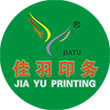
 English
English 中文简体
中文简体 Español
Español Deutsch
Deutsch
